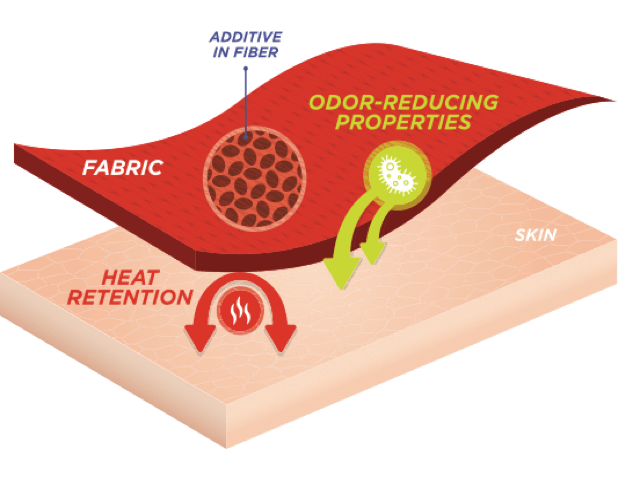
In this article, we study the influence of the heat transfer coefficient on the heat retention rate per unit length of a wall made of concrete attached to the tow-plaster. The study is done in frequency dynamic regime established conditions. For different values of the exciting pulse, we evaluate the thermal inertia of the wall. The wall has a length of 0.1m including 0.05m of concrete and 0.05m thermal insulating plaster-tow. The thermal conductivity of concrete is about 10 times greater than that of the tow-plaster material. The results show that the thermal behavior of the wall depends partly outdoor climatic constraints. The duration of the outdoor climatic stresses related to the excitation pulse is an important factor on the thermal inertia of the wall. The thermal inertia of the wall is also dependent on the heat exchange coefficient on the surface of the material, its thermophysical properties and initial temperature of the material.
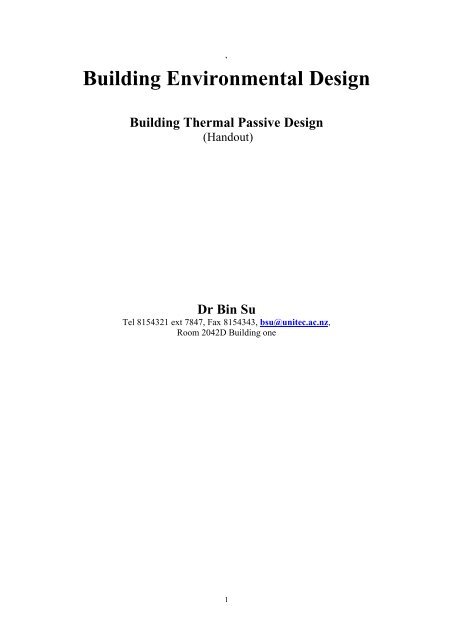
Lecture Notes of Building Thermal Design for copy center.pdf - Unitec

PDF] Interpretation of the Phenomena of Heat Transfer from

A comprehensive study on transient thermal behaviors and
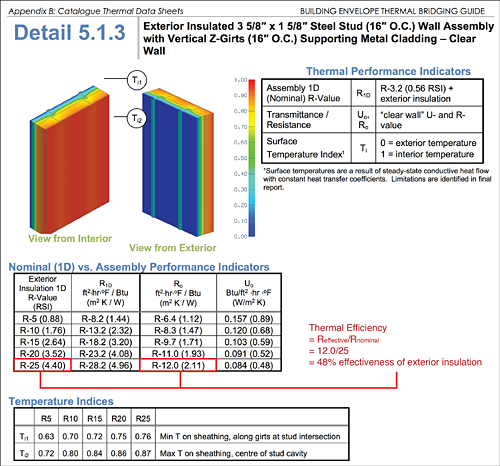
Managing Enclosure Heat Flows WBDG - Whole Building Design Guide

Sustainability, Free Full-Text

Thermal insulation solutions for opaque envelope of low-energy
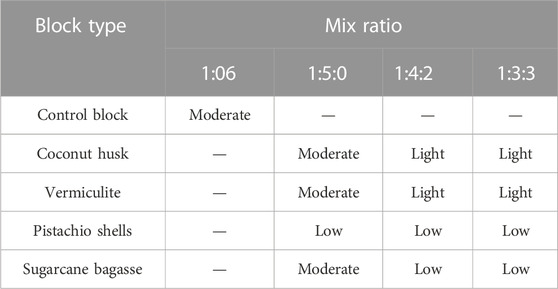
Frontiers An environmental sustainability roadmap for partially substituting agricultural waste for sand in cement blocks
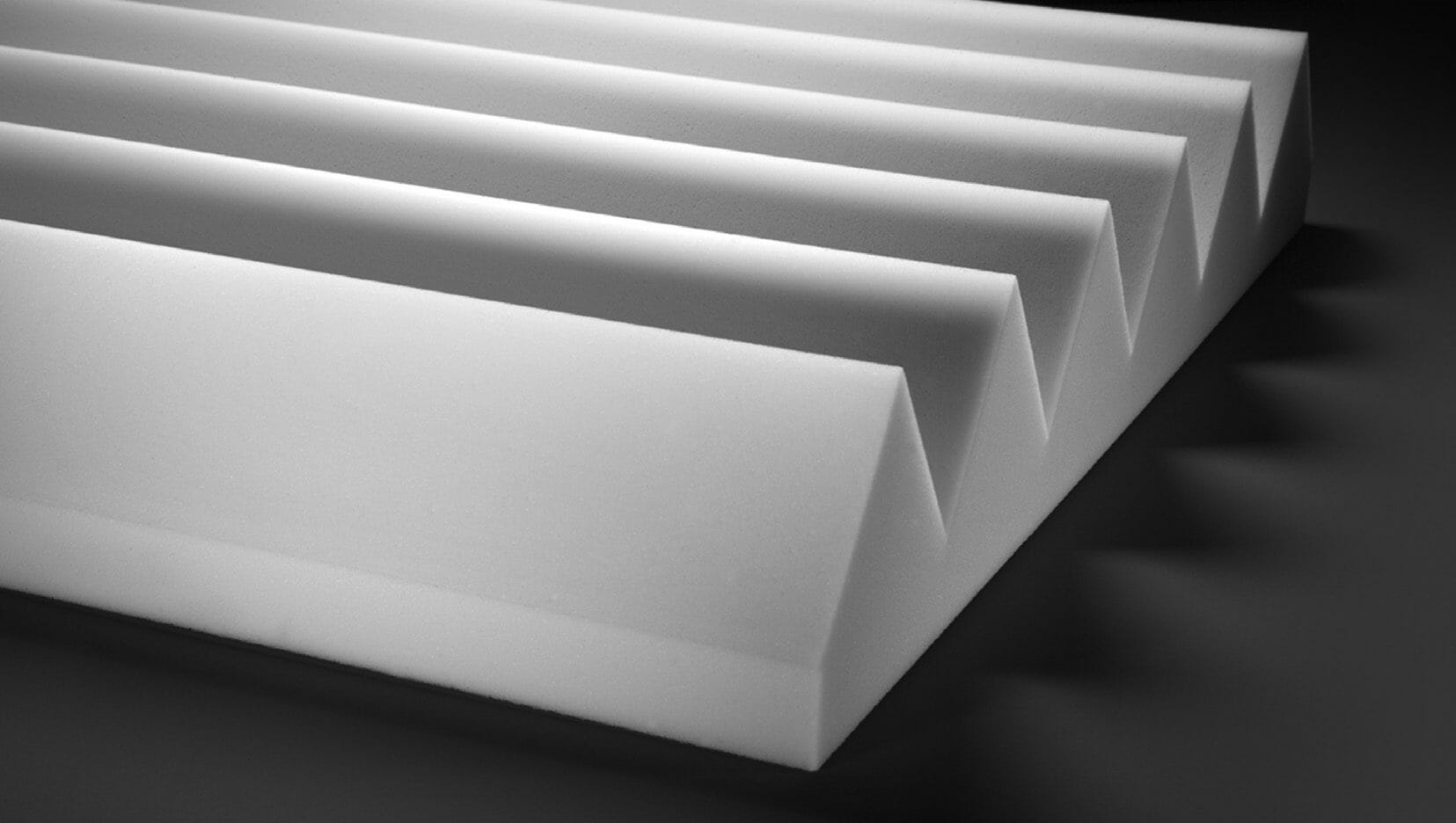
Soundproofing vs Sound Absorbing – Explaining the Difference

Thermal performance of cavities in 3DPC building façades

PDF) Influence of Thermal Exchange Coefficient on the Heat

PDF) INFLUENCE OF EXCITATION PERIOD ON THERMAL TRANSFER OF TOW

The influence of different clay/sand ratios on the hygrothermal

Ultra-lightweight concrete: Energy and comfort performance





